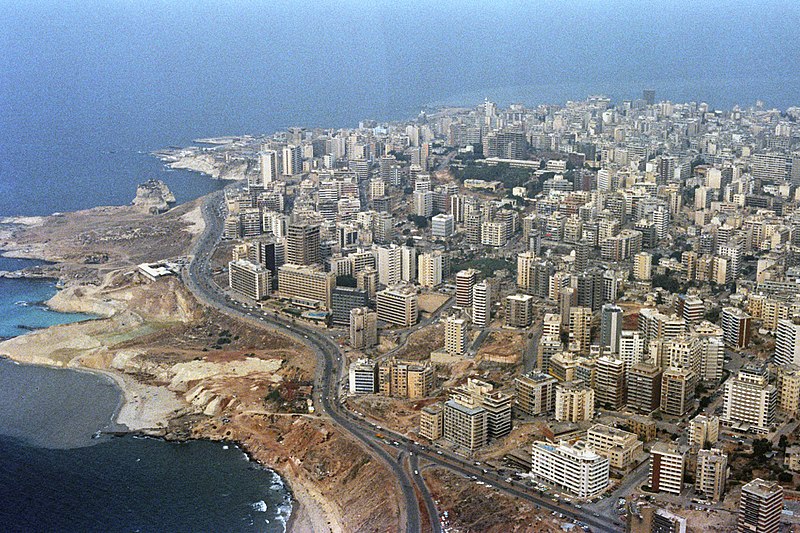Beirut, the capital and largest city of Lebanon, is a fascinating and dynamic metropolis that has weathered the complexities of history to emerge as a vibrant cultural hub on the eastern Mediterranean. Known as the “Paris of the Middle East” before the Lebanese Civil War, Beirut has since undergone significant reconstruction, transforming itself into a resilient city that seamlessly blends the old and the new.
Nestled along the coastline, Beirut boasts a rich tapestry of cultural influences that reflect its diverse past. Phoenician, Roman, Ottoman, and French elements converge in a harmonious mix, evident in the city’s architecture, cuisine, and way of life. The historical heart of Beirut, the district of Achrafieh, showcases traditional Lebanese architecture with narrow winding streets, Ottoman-era buildings, and charming cafes. Meanwhile, the downtown area, once devastated by war, has been meticulously reconstructed, featuring modern skyscrapers alongside remnants of ancient Roman and Ottoman structures.
One of the city’s most iconic landmarks is the Corniche, a picturesque seaside promenade offering stunning views of the Mediterranean. Locals and visitors alike frequent the Corniche for leisurely walks, jogging, or simply to enjoy the fresh sea breeze. The juxtaposition of the sparkling sea against the backdrop of the city’s diverse architecture creates a mesmerizing panorama.
Beirut is also renowned for its vibrant and eclectic food scene. Lebanese cuisine, celebrated for its freshness and flavors, is well-represented in the city’s numerous restaurants and street food stalls. From the renowned mezze platters to succulent grilled meats, Beirut invites food enthusiasts to savor a culinary journey that reflects the country’s rich agricultural heritage and culinary traditions. Cafes and eateries in the trendy neighborhoods of Gemmayzeh and Mar Mikhael are popular destinations, offering a mix of traditional Lebanese fare and international cuisine.
The city is a cultural melting pot, fostering creativity and artistic expression. The Sursock Museum, housed in a grand 19th-century villa, showcases contemporary and modern art, while the National Museum of Beirut highlights Lebanon’s archaeological treasures, including artifacts from various periods of its history. The city’s streets are adorned with vibrant street art, illustrating the resilience and creativity of its inhabitants.
Beirut’s nightlife is legendary, drawing people from all walks of life to experience its energetic and diverse offerings. From chic rooftop lounges to historic pubs, the city comes alive after sunset. Music festivals, cultural events, and a lively club scene contribute to Beirut’s reputation as a city that knows how to have a good time.
However, the city’s recent history is marked by the scars of the Lebanese Civil War (1975-1990) and the more recent challenges posed by political instability and economic crises. Despite these difficulties, Beirut and its residents have demonstrated incredible resilience, rebuilding and revitalizing their beloved city.
In August 2020, Beirut faced a devastating explosion at the port, further exacerbating the city’s challenges. The incident brought global attention to the urgent need for reconstruction and international support. The people of Beirut, with their indomitable spirit, continue to rebuild their city, drawing strength from their rich history and cultural heritage.
In conclusion, Beirut is a city of contrasts, where ancient history meets modern vitality, and the indomitable spirit of its people prevails. The resilience of Beirut is reflected not only in its physical reconstruction but also in the cultural, culinary, and artistic endeavors that continue to flourish. Despite the challenges it has faced, Beirut remains a captivating destination that invites visitors to explore its diverse landscapes, savor its rich flavors, and witness the unwavering spirit of its people.
Stayed at the Embassy Hotel in Beirut.

